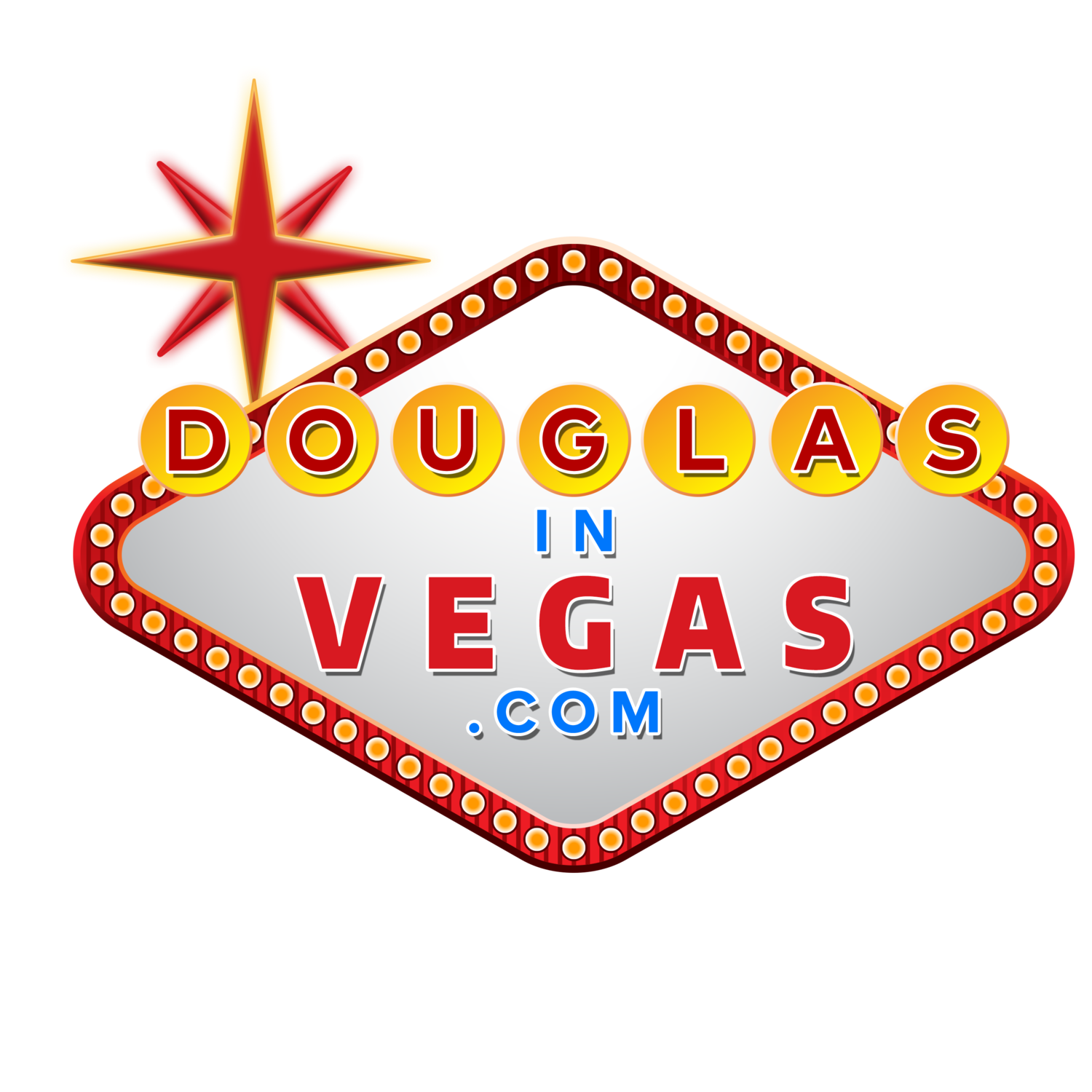Plagues and Bubbles
It seems incongruous for a mania in asset prices to break out in the midst of a plague. But, it has happened before.
Brown University economist, Peter Garber, considered the modern Tulipmania expert, points to the Bubonic Plague as a possible cause of Tulipmania, occurring in Amsterdam from 1634 to early 1637, when, for instance, the common Witte Croonen bulb, rose in price twenty-six times in January 1637, only to fall to one-twentieth of its peak price a week later.
The Bubonic plague reached ports throughout Europe in 1630. In his book “Epidemics and Society: From the Black Death To The Present” Frank M. Snowden wrote that Amsterdam was among the cities which constructed a lazaretto, an isolation hospital for people with leprosy or plague.
“Although the plague outbreak may be a false clue,” Garber wrote, “it is conceivable that a gambling binge tied to a drinking game and general carousing may have materialized as a response to the death threat.”
In the summer of 1720, while speculators in London’s Exchange Alley furiously bid up the price of South Sea Company shares, word came that two dock workers unloading wool were overcome by dizziness.
In his book “The South Sea Bubble” John Carswell wrote, “It was the plague. In a few days the town was ringed with a cordon and fugitives were shot on sight. Quarantine regulations began to appear in the newspapers all over Western Europe alongside the financial reports.”
Carswell speculates that the plague was a “particularly virulent form of smallpox” which spread rapidly despite attempts to restrain it. It was believed to have started with the poor in the south of France, who suffered from malnourishment, “which arose from inflationary prices of food.” Carswell’s thesis was confirmed by data I found while writing “Early Speculative Bubbles and Increases in the Supply of Money.” I explained that while wages between 1716 and 1720 increased slightly, commodity prices doubled during John Law’s Mississippi Bubble scheme.
So, here we are again, a plague and a bubble.
The current mania has hatched an idea that seems too crazy to be true. But, as Grant’s Almost Daily writes:
The deal frenzy has opened the door for all sorts of inventive structures, as so-called special purpose acquisition vehicles, or SPACs (a.k.a. “blank check” companies) have proliferated, raising more than $41 billion in the year to date through Thursday, more than the last 10 years combined. Up next, “SPACs of SPACs,” as Bloomberg reports that Boston based Easterly Partners is planning a $100 million fund to invest in the blank check funds.
If you believe there could not have been such nonsense in 1720, guess again. In a footnote, Carswell wrote of a stock offering,
‘Proposal for raising the sum of Six Millions sterling to carry on a design of more general advantage...and of more certain profit...than any undertaking yet set on foot’ which was advertised in the Daily Post for 21 May.
The plague killed a total of 100,000 people before ending in summer of 1722. The South Sea Bubble was over by the end of 1720, pricked by the passing of the Bubble Act in June of that year.
Meanwhile, here in hard-hit Las Vegas, with unemployment rates over 15 percent, median home prices set a record of $337,250 in September, an increase of nearly 9 percent from a year ago. The new record is a near tripling of the market low of $118,000 in January 2012.
“Local home prices keep setting records, which is really remarkable when you think about all the challenges we’re facing,” LVR President Tom Blanchard, a broker with Renters Warehouse, said in a news release.
Remarkable indeed. There is nothing new under the sun.





